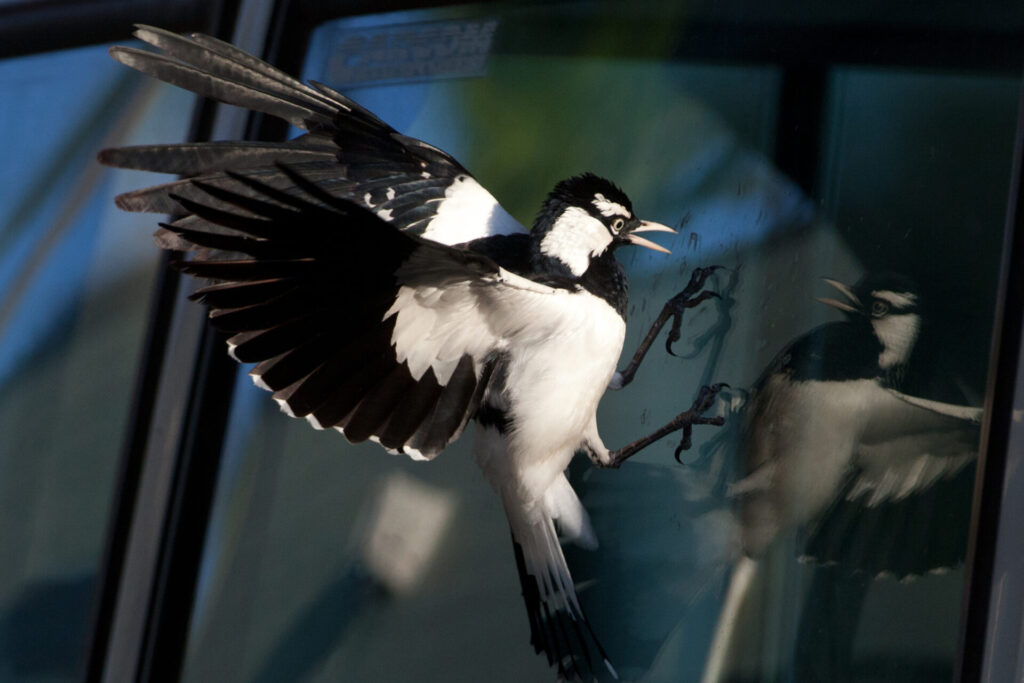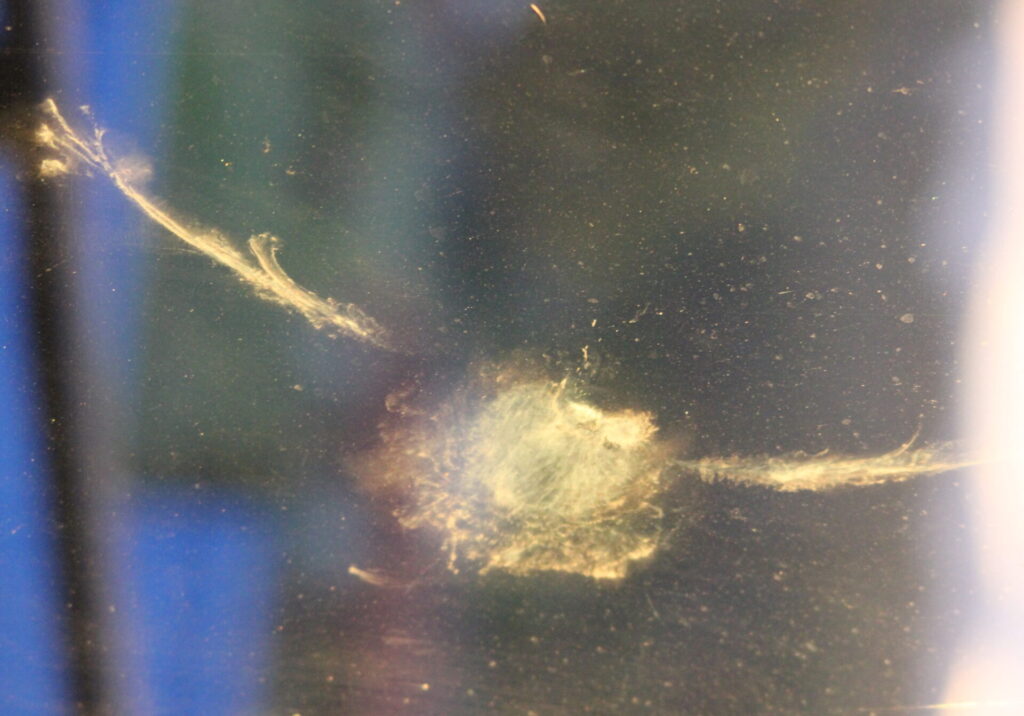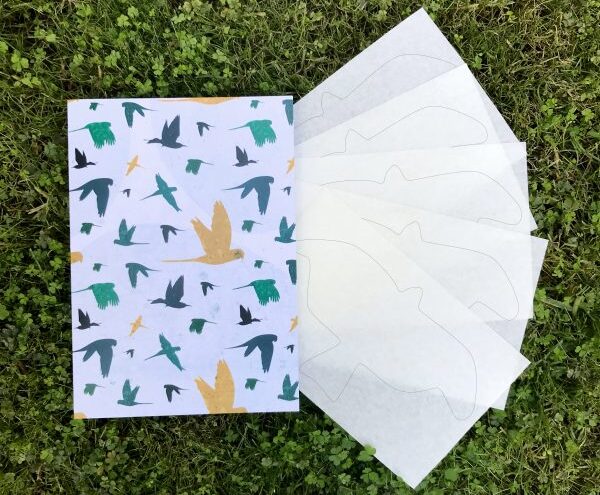A guide to preventing bird strike
It’s the sound many of us know and dread: the loud thump of a bird hitting a window.
Windows pose a serious threat to birds. In the United States alone, it’s estimated that as many as a billion birds collide with glass every year – and sadly, most bird strikes result in injury or death.
Thankfully, there are easy steps we can all take to help prevent bird strikes at home.
Here’s everything you need to know about making your windows and property safer for birds by reducing the risk of bird strike.
Why do birds collide with glass?
Birds can’t recognise glass as a solid object or barrier. Instead, they may confuse a transparent glass surface or window for a safe flight path – or mistake reflections of the sky or surrounding vegetation for the real thing.
Sometimes, birds see their own reflection in a window and attack it, thinking they’re defending their territory against a rival. Thankfully, most methods for preventing bird strike will help solve this problem too.

Is your property at a high risk of bird strike?
The design of your home or garden can increase the risk of bird strikes. Bird strikes are more likely to occur on your property if there are:
- Exterior, transparent windows (especially with a view through to the other side of the building)
- Large glass surfaces, such as patio or bifold doors
- Habitat or vegetation near windows
- Windows reflecting the sky or surrounding vegetation
- Glass corners or windows at right angles to each other
- Glass fencing
- A glass atrium or walkway between rooms
- Indoor plants visible from outside
- A bird bath or feeder placed more than 50cm away from a window.
How to make your windows safer for birds
Making small changes to your home can make a big difference for your local native birds.
The best way to prevent birds hitting your windows is to make them less reflective or transparent, to remove any visual pathways.

Get creative
You can do this by covering the entire outside surface of the window with a repetitive or grid pattern, using soap, tempera paint, clay or special UV liquid markers. This helps birds see the glass as a visual barrier, not a flight path.
Vertical stripes are the most effective, but you can get creative with any shape or pattern so long as they are:
- High contrast in colour, such as white
- No more than 5–10 cm apart, and
- Cover the entire outside surface of the window.
Stick ’em up!
You can also apply decals, stickers, tape or dot patterns to the outside of the window, so long as they are spaced no more than 5–10 cm apart. Since birds focus on the size of spaces between objects, the distance between patterns is more important than their design.
Remember: Placing a couple of stickers or decals on a large window won’t prevent collisions. Predator-shaped decals (such as a bird of prey silhouette) also won’t reduce strike rates, unless they cover the entire length and width of the window.
For a more permanent solution, try fitting zen curtains, fly screens, one-way transparent film or bright-coloured shade cloth to the outside of your windows to reduce the risk of collisions.
Order our anti-collision bird stickers
We have anti-collision bird stickers available for purchase on our online store. Since birds can see ultraviolet (UV) light, their special UV coating makes them a clear obstacle to birds, but almost invisible to our eyes.
Get dirty
Crystal-clear windows might look nice, but they’re a death trap for local native birds. Letting your windows get dirty is an easy way to reduce the risk of bird strike: the dirtier the glass, the better!
Top tips for preventing window collisions

What to do if a bird hits your window
Although birds that hit windows might appear fine, they’re likely to suffer from internal injuries. Wildlife carers and vets advise that any bird is taken into care for assessment after hitting a window.

